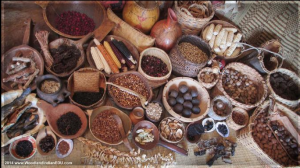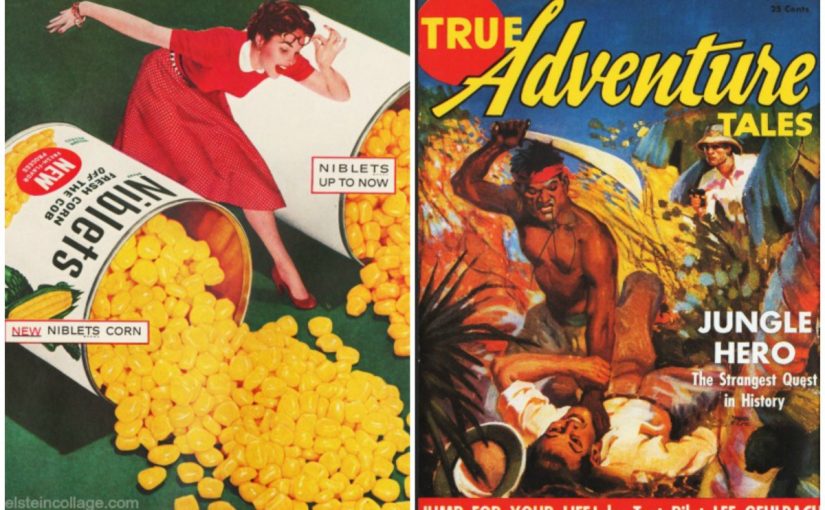Jennifer Diaz
24 January 2017
SOS: ComAlt Sem Pre-Write Wk 3
Word Count:240
Passages:
“Because it was so heavily traded, pepper eventually lost its “golden” status and fell to be considered among the most prosaic of spices. To meet growing demands in Europe during the late sixteenth and very early seventeenth centuries, pepper became over cultivated and difficult to regulate…”Pepper-pot” stews were considered mundane affairs for the middle and lower classes and not to be eaten by courtiers… From a global culinary and trade perspective, black pepper consistently ranks among the leading spices used by virtually every culture. No wonder it has been valued as “gray gold” and the “king of spices.” (Newman 2013: 20, 21, 23)
“…“stick” in Sarag Ahmed’s useful term-to those subjects who labored with or close to food. As the United States hyper embodied notions of class, race, and gender were expressed in terms of food-the central matter of the kitchen…[hearth-place literature collapsed boundaries between classes OF HUMANS and species, drawing on the imagery of food for its focus on transformation and metamorphosis.” (Tompkins 2012: 16, 20)
News Media Context:
Mexican corn imports to rise at least 20 pct in 2017
MEXICO CITY, Jan 17 (Reuters) – Mexico will import at least one-fifth more yellow corn next season as higher fuel costs and a weak peso hit domestic crops while the same factors will drive up tortilla prices
http://www.dailymail.co.uk/wires/reuters/article-4129658/Mexican-corn-imports-rise-20-pct-2017.html
Discussion:
Initially, the history of peppercorn reminded me of corn. Corn was born in Oaxaca, Mexico. Centuries later, all of the Americas had corn, and eventually corn made its way to almost every continent. Easy to grow and so many ways to prepare it, it fed many people. Corn may be king but it is food for the slaves and the poor people. We wouldn’t be  able to have taco Tuesday if the tortillas were not reasonably priced, right? After NAFTA, a good portion of US corn is sold to Mexico. Corn is a staple food in Mexico and the United States can sell it to them for extremely low prices because of NAFTA.
able to have taco Tuesday if the tortillas were not reasonably priced, right? After NAFTA, a good portion of US corn is sold to Mexico. Corn is a staple food in Mexico and the United States can sell it to them for extremely low prices because of NAFTA.
Tompkins introduces us to the term “stick”- the people who labored with or close to the food. In modern United States, the decent amount of the sticks in our country are migrant farm workers from Mexico and Central America. I am not sure how many migrant farm workers make their way to our corn growing states, but I find it interesting that people from central America have always said that they’re ancestors were the corn. What keeps a group of people connected to food, what enables someone to be a stick? Aren’t we all sticks?
